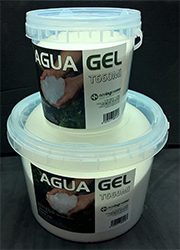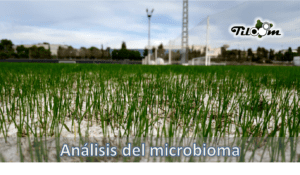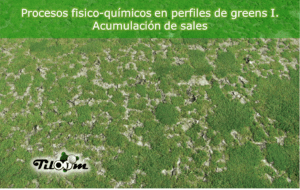This website uses cookies so that we can provide you with the best user experience possible. Cookie information is stored in your browser and performs functions such as recognising you when you return to our website and helping our team to understand which sections of the website you find most interesting and useful.
🌟 Improve your sports field with a expert audit.










5 Responses
Thanks for the article! I will keep it in my favourites to keep it in mind in the future.
Excellent annotation. Today February 13, 2019 in the Caribbean of Costa Rica we have a situation of little rainfall, which is already manifesting itself in the crops.
In tropical countries, water management is complicated, torrential rains wreak havoc on crops, and heat quickly leads to water stress. They do a really complicated job.
Best regards!
We have high temperatures 24 to 35 degrees, water use is limited in irrigation because we have low rainfall 1 to 2 mm in the last two months. The flowers that we grow have at some times flaccid petals at the time of cutting. The petal limpness is caused by lack of irrigation? or probably by low relative humidity and high temperatures. If we could water between paths or the environment, would the problem improve?
At soil level, one of the best ways to know if you have enough moisture for adequate tissue turgor is through moisture sensors such as the TDR 150, https://www.tiloom.com/producto/tdr-150/
Acquiring one would solve your problems and allow you to diagnose quickly.
As you say, irrigation would be appropriate, but without a prior diagnosis it is difficult to assess.
If you need more information, please write to us at soporte@tiloom.com.
Greetings.